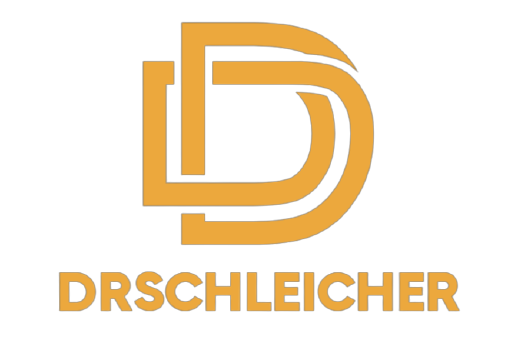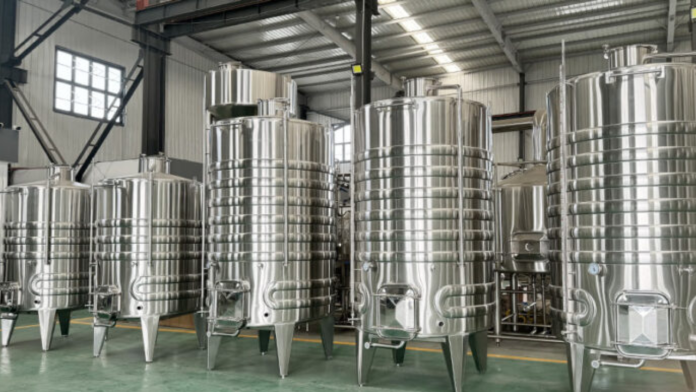The wine fermentation temperature sets the wine’s framework and scent. Controlled temperature plays the biggest role in successful fermentation results. Temperature impacts the functionality of yeast and sugar changes during fermentation while influencing product stability. Poor temperature management may yield unpleasant taste changes and stop the fermentation process. Monitoring fermentation temperature helps winemakers produce consistent wine while meeting their desired product specifications. Winemakers must follow established procedures and test their tools to produce fermentation results.
Impact of Temperature on Wine Quality
Yeast fermentation effectiveness depends entirely on temperature conditions. Yeast maintains optimal conversion effectiveness when the temperature stays steady during processing. Rising temperatures help yeast multiply but make the end product taste unpleasant. Temperature swings block yeast activity while letting harmful microbes invade the space. Less active yeast at cold temperatures promotes bacterial growth and leads to fermentation difficulties. Temperature control enables winemakers to keep wine stable and achieve the desired taste. Controlling wine fermentation temperature helps winemakers make consistent wine with desired flavor results.
Ideal Fermentation Temperature Ranges for Different Wine Types
|
Sr. No. |
Wine Type |
Ideal Fermentation Temperature (°C) |
Ideal Fermentation Temperature (°F) |
Key Characteristics Developed/Maintained |
Potential Issues with Temperature Deviations |
|
1 |
Red Wine |
20-30 |
68-86 |
– Natural color extraction – Tannin development – Body development |
– Above 35°C (95°F): Yeast death, halted fermentation – Too low: Slow fermentation, potentially undesirable flavors |
|
2 |
White Wine |
10-18 |
50-64 |
– Fruity and floral aroma preservation |
– Too high: Loss of delicate aromas, potentially cooked flavors – Too low: Slow fermentation, potentially undesirable flavors |
|
3 |
Rosé Wine |
12-16 |
54-61 |
– Freshness retention – Light pigment creation |
– Too high: Loss of freshness, darker color – Too low: Slow fermentation, potentially undesirable flavors |
|
4 |
Sparkling Wine |
12-16 |
54-61 |
– Proper carbonation – Acidity development |
– Too high: Loss of desired carbonation, altered acidity – Too low: Slow fermentation, potentially undesirable flavors |
Methods for Monitoring Fermentation Temperature
Precise temperature recordings help winemakers control fermentation thoroughly. Liquid thermometers help small winemakers measure temperature at affordable costs. Digital probes deliver precise temperature updates, which professionals commonly employ. Modern wineries use integrated temperature control systems that automatically manage fermentation processes to maintain stable results. Recording temperatures regularly protects wine quality and keeps the fermentation process effective.
Techniques for Controlling Fermentation Temperature
Different strategies exist to regulate fermentation temperature for best results. Winemakers employ cold fermentation methods through refrigerated rooms and ice baths, plus glycol cooling jackets. To keep red wine fermentation at the proper temperature, winemakers employ warming equipment through fermentation caps or heating elements. Wineries prefer stainless steel fermenters with internal temperature control systems because these devices deliver precise temperature management. Maintaining proper winery conditions through temperature control and ventilation helps manage temperature during wine production. Small wineries can cool their wine by soaking it in water baths or dipping it in frozen bottles using simple equipment.
Conclusion
Winemakers must keep temperatures within specific ranges because they affect how wine smells, tastes, and holds its quality standards. Controlling fermentation temperature lets yeast work correctly and avoids unwanted taste changes. Using quality temperature monitoring tools plus effective cooling systems produces consistent wine results. Winemakers need to adjust their wine production methods based on wine type and processing environment to deliver high-quality results.














